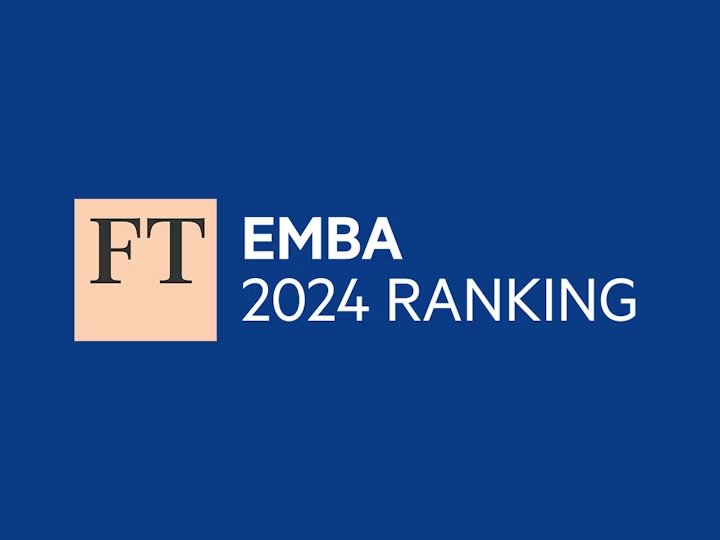You have a great strategy, and now it’s time to roll up your sleeves and start implementing it. But can management dust their hands off at this point? Can they trust that the line organisation is able to bring the strategy to life? Can it be left for the line managers and specialists to interpret the strategy on their own and carry out the next steps? And is strategy implementation only about setting targets, defining metrics and evaluating performance, or is there something more to it?
The original idea for my Henley MRC (the Executive MBA thesis) was to study how organisational culture affects strategy implementation. However, as I looked into this, I realised that the real issue goes beyond organisational culture – it is actually about the entire internal context of an organisation, about how people interact with each other in their daily work, and the ultimate management challenge being, how to lead all of it.
In fact, broadening the concept of strategy implementation opens an entire new world of tools for making successful strategies and building sustainable organisations. However, it also calls for a new mindset: you need to focus on both the internal and the external context of your organisation, if you want your strategy to be successful.
For me, the MRC gave an opportunity to create concrete tools for leading strategy implementation. This project has been an immense source of inspiration and learning for me both professionally and personally, and I am happy to be able to share my story and hopefully continue the discussion with anyone who is curious about the topic.
Internal context as a leadership challenge
Throughout my career, I have worked with analysing how the external context affects organisations. The ability to make an impact – to do something good for the society, has always been a strong driver for me. As a leader and management team member it has become evident to me that building a better world derives not only from understanding and shaping the external world but, to a large extent, also knowing the organisation from inside. This requires knowing the people, how they work, interact, behave and feel in the specific organisational context. It calls for a deep understanding of what the strengths and weaknesses of the organisation are.
Based on this understanding, the management needs to decide, what kind of leadership is needed. Studying this topic was a powerful learning experience for me, as it showed the importance of leading the internal context and provided a more comprehensive understanding of leadership. Most of all it showed that making a difference doesn’t only depend on how a company is capable of shaping its market environment, but also how you know and influence your own internal environment.
The big “how"?
Many leaders recognise, that people are the ones who implement strategy, and therefore need to understand it. But it doesn’t, and shouldn’t end there.
When it comes to making it concrete, how a strategy should be implemented, asking the question “how?” really makes a difference for successful strategy implementation, although making it more challenging, because going into concrete levels might feel too operational. There’s plenty of academic literature about a gap between strategy and execution, and yet the focus of looking for solutions might still be on the strategy itself and the external context – looking at the what, instead of the how.
The question, how do people in an organisation work together, might sound trivial, but it’s not. Strategy-As-Practice theory defines strategy as something people do, instead of just something that an organisation has. This theory formed the basis for my qualitative MRC project, aiming to identify barriers and enablers for strategy implementation.
Stronger leadership of intangible factors
Based on the study, strategy should really be everyday bread and butter. Strategy is the way we talk, what we talk about, how we lead, how we behave and how we deal with emotions. Strategy implementation is ultimately about the ways of being together as people in an organisation, and that’s where the tricky part comes in:
What does this mean from a management perspective? How do we lead the “how”?
At the end of the day, the answer is quite practical: people need clear company-level policies, processes, plans, templates, ways of working, rules for behaviour, and these need to be jointly agreed and internalised.
Strategy goes way beyond business goals: non-business functions, such as finance, HR and communications play a key role – they need to be recognised as areas where joint company ways of doing are essential. Jointly shared ways of working and rules make strategy implementation easier, because they allow line managers and people to focus on the content of their work, instead of having to use their energy in thinking how to do this. This is important especially in fast-growing companies.
Organisations need strong leadership concerning these areas, as well as more understanding of the intangible factors - emotions, behaviours and organisational culture – and how these affect people’s daily lives and ultimately strategy implementation, because they do.
Intangible factors can have a huge impact, but at the same time, they are complicated, because they derive from underlying values, belief systems and taken-for-granted patterns, requiring intentional awareness to understand and lot of work to change. These factors need to be brought to light and analysed, with the aim to understand them better and to identify, what kind of leadership is needed. Leadership is required not only for decision-making on the strategic goal, but also for the joint effort of defining together, what strategy implementation in the organisation should look like, so that its objectives can be reached.
Better customer value through practical strategy
When it comes to the strategy process, we shouldn’t see strategy formulation and implementation merely as a linear process where one follows the other.
Based on my MRC study results, an ongoing strategy cycle, where strategic planning and implementation go hand in hand, enables people’s expertise and motivation to flourish, turning strategy into a living tool that provides inspiration, direction and concrete guidance for everyday work. The staff should be engaged in this process, too, allowing their expertise to feed into the strategy and making everyone feel included.
People are the key audience for strategy, and especially in knowledge-intense companies it is crucial to take people onboard. Ultimately, this is about creating better customer value. Coherence and clarity in daily life makes it easier for people to focus on creating value for the customer, instead of wasting their energy in trying to figure out on their own how to do things. Understanding the identity of the organisation makes the organisation much stronger and more capable of reaching its strategic goals.
Photo credits: Guido Giunti & Maarit Hurme.








